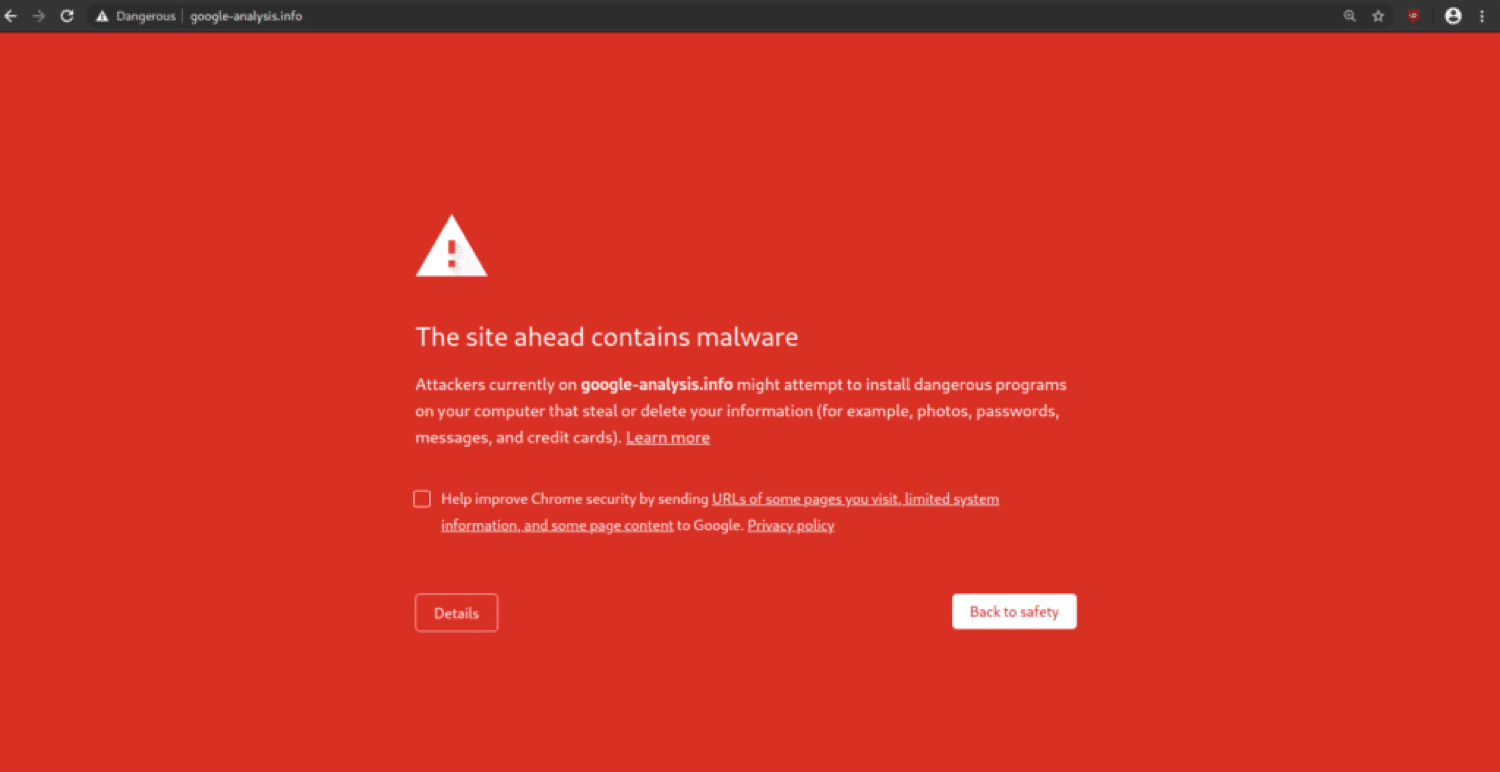In the vast digital landscape that is the internet, ensuring safety and security is paramount. Google, being one of the most prominent entities in this digital ecosystem, plays a crucial role in safeguarding users’ online experiences.
One of the tools it employs for this purpose is the Google URL Blocklist. This article on what is Google URL Blocklist delves into the significance of the Google URL Blocklist, explains its step-by-step process, and explores its pros and cons.
What is Google URL Blocklist?
The Google URL Blocklist, also known as Google’s Safe Browsing service, is a dynamic database maintained by Google to identify and flag potentially harmful URLs on the internet.
These URLs could belong to websites hosting malware, phishing scams, or other malicious content. When users attempt to access a URL listed on this blocklist, they receive a warning message from Google, advising them against proceeding to the site due to potential risks.
Significance of the Google URL Blocklist:
The significance of the Google URL Blocklist cannot be overstated in today’s digital age. Here are some key reasons why this service is essential:
1. Protection Against Malware:
Malicious software, or malware, poses a significant threat to internet users. It can infect devices, steal sensitive information, and compromise security.
By blocking URLs associated with malware distribution, Google helps protect users from inadvertently downloading harmful software.
2. Prevention of Phishing Attacks:
Phishing is a technique used by cybercriminals to trick individuals into divulging personal information such as usernames, passwords, and financial details.
The Google URL Blocklist identifies and blocks URLs used in phishing scams, reducing the likelihood of users falling victim to such attacks.
3. Enhanced Online Safety:
Internet users often navigate the web without being fully aware of potential risks. The Google URL Blocklist serves as a safety net, alerting users when they are about to access a potentially dangerous website.
This proactive approach promotes safer browsing practices and reduces the likelihood of users encountering harmful content.
4. Global Reach:
Google’s influence extends across the globe, with millions of users relying on its services every day. By integrating the URL Blocklist into its products such as Chrome, Google Search, and Gmail, Google can effectively reach a vast audience and mitigate online threats on a global scale.
Step-by-Step Process of the Google URL Blocklist:
The Google URL Blocklist operates through a systematic process involving several key steps:
1. Identification of Suspicious URLs:
Google employs various techniques, including automated scanning and user reports, to identify URLs that may host malicious content. These URLs are then added to a database for further analysis.
2. Evaluation of URLs:
The URLs identified as potentially harmful undergo thorough evaluation by Google’s security experts. This evaluation process involves assessing the content of the URLs, analyzing their behavior, and determining their intent.
3. Generation of Blocklist Updates:
Based on the evaluation results, Google generates updates to the URL Blocklist. These updates include information about newly identified malicious URLs as well as updates to existing entries.
4. Distribution to Google Products:
The updated URL Blocklist is distributed to Google’s various products and services, including Chrome, Google Search, and Google Safe Browsing API. This ensures that users across different platforms are protected from accessing harmful URLs.
5. User Warnings:
When a user attempts to access a URL listed on the blocklist, they receive a warning message from Google, alerting them to the potential risks associated with the site. This warning advises the user to proceed with caution or refrain from accessing the site altogether.
Pros and Cons of the Google URL Blocklist:
Like any technology or service, the Google URL Blocklist has its advantages and limitations:
Pros:
1. Effective Malware Protection:
By blocking URLs associated with malware distribution, the URL Blocklist helps protect users from inadvertently downloading harmful software, thereby safeguarding their devices and data.
2. Phishing Prevention:
The URL Blocklist identifies and blocks URLs used in phishing attacks, reducing the risk of users falling victim to such scams and compromising their sensitive information.
3. Global Coverage:
Google’s wide reach ensures that the URL Blocklist is accessible to millions of users worldwide, offering broad protection against online threats on a global scale.
4. Continuous Updates:
Google continuously updates the URL Blocklist to include newly identified malicious URLs and remove outdated entries, ensuring that users are protected against the latest threats.
Cons:
1. False Positives:
In some cases, legitimate websites may be mistakenly flagged and added to the URL Blocklist, resulting in false positives. This can inconvenience website owners and users who rely on these sites for legitimate purposes.
2. Privacy Concerns:
Google’s involvement in monitoring and blocking URLs raises privacy concerns for some users who may be uncomfortable with the extent of data collection and analysis involved in the process.
3. Overreliance on Google:
The ubiquity of Google’s services means that many users rely heavily on the URL Blocklist for their online safety. However, this reliance can potentially create a single point of failure, leaving users vulnerable if the service were to experience disruptions or inaccuracies.
4. Circumvention by Malicious Actors:
Despite Google’s efforts to maintain the integrity of the URL Blocklist, malicious actors may attempt to circumvent the blocking mechanisms by using techniques such as URL obfuscation or redirection.
Conclusion:
In conclusion of this article what is Google URL Blocklist, it plays a crucial role in maintaining online safety and security by identifying and blocking potentially harmful URLs. Its significance lies in its ability to protect users from malware, phishing scams, and other online threats on a global scale.
By following a systematic process of identification, evaluation, and distribution, the URL Blocklist provides users with timely warnings and safeguards their online experiences.
However, it is not without its limitations, as false positives, privacy concerns, and the potential for circumvention by malicious actors remain challenges to be addressed.
Despite these drawbacks, the overall impact of the Google URL Blocklist in enhancing online safety is undeniable, making it an essential tool in the fight against cyber threats.

